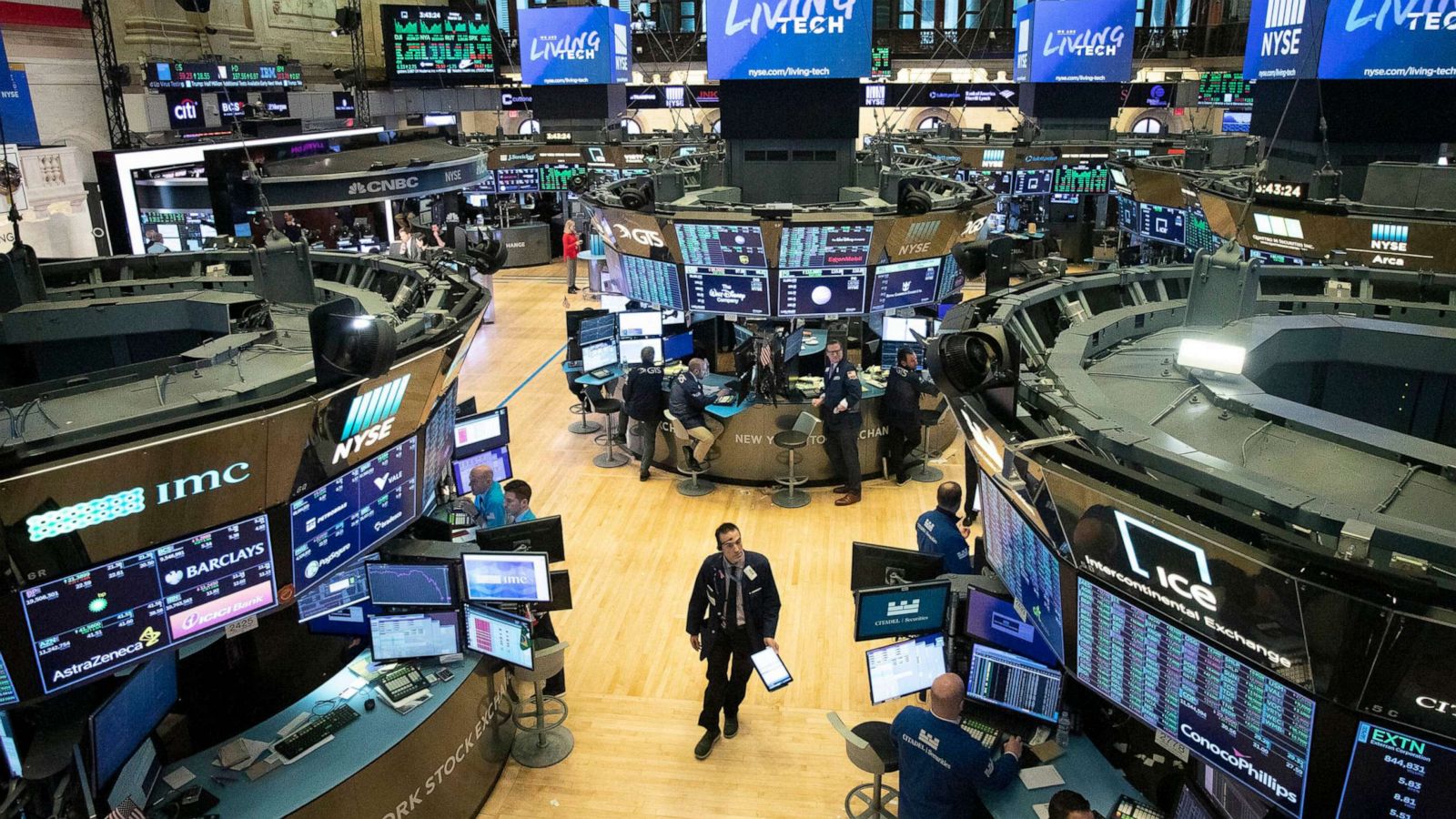Economic authorities trying to cut inflation without sparking a big crisis are facing new dangers as a result of the skyrocketing U.S. government bond yields that have caused a global increase in borrowing costs.
The world’s financial leaders may differ about the precise causes of a global bond rout that increasingly appears to represent more than just speculating on how far central bankers would hike interest rates when they assemble in Morocco this week for the annual meetings of the International Monetary Fund and World Bank.
The consequences for a global financial system that had appeared to be headed for a “soft landing” following the post-pandemic breakout of inflation may be more important than the source, which may be large government deficits, China’s suddenly sluggish economy, or political turmoil in the U.S. Congress.
In reaction to rising prices, central banks throughout the world approved swift hikes in interest rates. Officials during the policy tightening applauded the mainly smooth adjustment in global financial circumstances as proof of improved monetary and fiscal management in many nations.
Goldman Sachs economists, however, warned that after what they called “a summer of resilience,” “cracks” are starting to show as emerging market sovereign bonds come under pressure following rising yields on U.S. Treasuries, the world’s risk-free benchmark that attracts capital from other investments as interest rates rise.
For the first time since 2007, the 30-year U.S. Treasury bond’s yield last week breached 5%. Although it frequently exceeded that level during the first years of this century, analysts note that the velocity of its ascent is significant, particularly given that it took place at a time when the Federal Reserve and other central banks were signalling the end of their own rate hikes.
Gene Tannuzzo, global head of fixed income at Columbia Threadneedle, stated that the rate of change should be more of a source of concern than the level of change.
In the last three months, long-term U.S. yields have increased by around 1%, but there has only been one quarter-point increase in Fed rates. “That is a change rate that cannot continue,
The IMF and World Bank meetings offer an opportunity to assess the situation of the global economy, and they are accompanied by authoritative studies on the prospects for the world economy and the condition of the international financial markets.
Since prices started to rise sharply in 2021, inflation and the effects of tighter monetary policy have been major discussion concerns. After numerous high-profile U.S. bank failures in the preceding month, the IMF’s most recent Global Financial Stability Report, published in April, revealed dangers to the financial system were top of mind.
However, that moment passed without spreading to other areas, and things only got better from then, especially in the United States: The so-called “soft-landing scenario,” which calls for sustained economic growth and declining inflation, went from being an impossible goal to the Fed’s standard operating procedure.
Such a best-case scenario would have beneficial effects on the entire world. Maintaining the global economy’s largest economy out of recession increases confidence as the Fed’s rate hikes come to an end and ensures steady demand for the exports of other nations.
However, the swift movements in the financial markets might be unsettling, with effects seen in higher bond yields, a stronger currency, and, if sustained, increased inflationary pressures in other nations.
If you cause financial pressures or, eventually, budget problems in other countries, there may be consequences. During a recent speech at the Peterson Institute for International Economics in Washington, Karen Dynan, a professor of economics at Harvard University, said, “I think that is something that the Fed needs to be watching.” “Those sorts of crises could spill over into broader financial markets and then pose a real threat to our economy.”
Fed authorities have not yet noticed that.
Several Fed regional bank presidents stated last week that the Treasuries market activity was consistent with what would be anticipated from the central bank’s rate rises and that it has not had the sort of disproportionate effect on consumer spending.
But the increase in yields also reveals some of the quirks of central banking, which officials will probably try to understand this week.
It is already anticipated that global development will decrease, especially in light of China’s recent deterioration. Many national budgets may be too strapped to react aggressively to a currency crisis or financial instability brought on by dollar-driven shifts in capital flows after the enormous global fiscal response to the coronavirus outbreak.
An overnight interest rate that is used to determine rates for other assets can be controlled by organisations like the Fed. However, the borrowing costs borne by governments, businesses, and families are ultimately determined by the markets, which are influenced by macroeconomic views, the inflation outlook, and considerations like political concerns.
These rates have the power to boost or impede an economy’s growth and control inflation. Policymakers must decide if the recent market movements have increased growth risks beyond what is necessary to control inflation.
According to experts at Capital Economics, comparisons to last year’s turmoil over U.K. government bond yields or the market illiquidity observed at the onset of the pandemic are overdone and the current changes do not indicate a developing crisis.
But this type of situation also has the potential to “morph into something more serious” if bond losses drive a significant institution towards insolvency, as happened to Silicon Valley Bank in California in March, or erode confidence to the point that investors of securities start to lose interest.
The consequences depend on “how much further, and how quickly, bond yields rise,” they warned. An unexpected tightening of financial conditions, which would put pressure on government, household, and company budgets and result in bank stress and reversal of economic growth, is the main danger.

